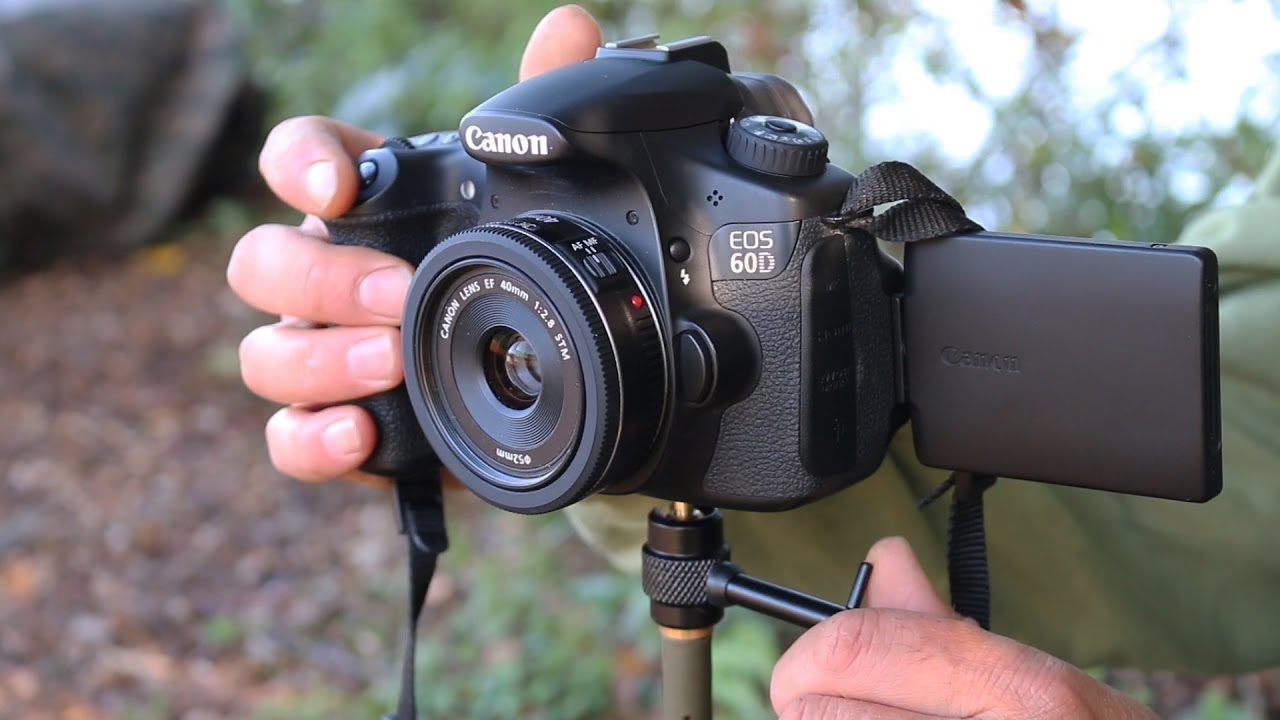The influence of camera angle on comprehension
- Adorn Themes

A subset of formal compositional principles was examined in the context of narrative pictorial events. Slide stories were constructed of six common events in which characters were depicted from three camera angles: low angle, eye-level, and high angle. After presentation, subjects evaluated the characters, recalled the stories, and engaged in a recognition task. Camera angle influenced subjects’ evaluation and retention of the stories in accordance with aesthetic principles. Camera angle had significant, predictable effects on judgments of the physical and personal characteristics of the characters, on recall of these characteristics, and on recall of the gist of the stories themselves. Recognition memory for camera angle was significantly less accurate than recognition memory for the characters. Subjects used the available visual information to construct coherent story representations, and, although camera angle strongly influenced the construction of these representations, specific camera angle information became less accessible.











